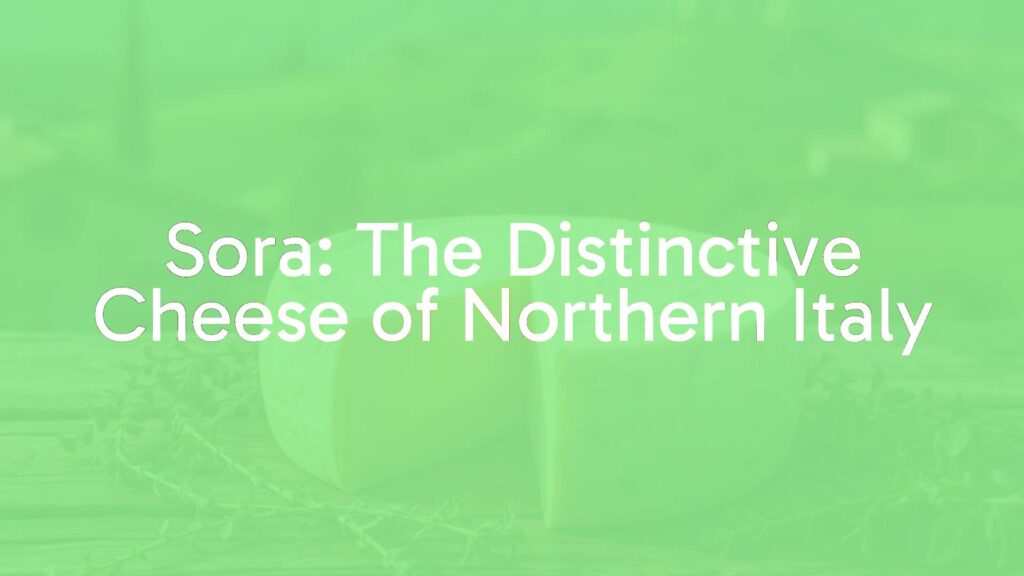An Introduction to Sora Cheese
Sora is a lesser-known Italian cheese that holds a special place in the culinary traditions of northern Italy, particularly in select valleys of Piedmont and Lombardy. Renowned for its unique flavor and time-honored production, Sora stands out not simply as a cheese, but as a representation of local heritage and artisan craftsmanship.
Key Features and Characteristics
Sora cheese is recognizable by its semi-soft to firm texture and its pale yellow, occasionally creamy interior. It is traditionally wheel-shaped with a thin, natural rind that develops gentle earthy undertones through aging. The taste profile of Sora is subtly tangy, balanced with mild nuttiness and gentle floral notes. What makes Sora special is its capability to retain a delicate freshness while offering complexity from several months of maturation. It often carries faint aromas of mountain herbs, reflecting the pastures where the cows graze.
Historical Background
The origins of Sora cheese root back centuries, believed to have evolved from pastoral practices in Alpine regions. Shepherds and farmers would utilize surplus milk during productive months, allowing cheeses like Sora to develop and serve as essential sustenance during winter. Over time, the cheese became embedded in the region’s food identity. Though it is less prominent on the international stage, Sora continues to be treasured locally for its connection to the rhythms and landscapes of rural Italy.
How Sora Cheese is Crafted
Traditional production of Sora utilizes unpasteurized cow’s milk. The process emphasizes minimal intervention: natural fermentation, gentle coagulation, and slow pressing contribute to its supple structure. Unlike industrially produced cheeses, Sora relies on the regional microflora, local milk quality, and subtle variations imparted by the changing seasons. After shaping, the cheeses are aged in cool cellars or rustic caves for two to six months, depending on the desired firmness and flavor intensity.
Cultural Significance and Traditions
In its native regions, Sora is often found at farmers’ markets and featured in village festivals. It has long been a symbol of agricultural resilience and a marker of local gastronomic pride. Sora plays a role in family gatherings, often shared at the table alongside homemade breads and cured meats, and occasionally forms the centerpiece of community feasts.
Serving Suggestions and Culinary Pairings
Sora cheese is typically enjoyed at room temperature, allowing its intricate flavors to fully emerge. In its younger state, it makes an excellent addition to antipasto platters paired with crisp white wines or light sparkling varieties such as Franciacorta. With age, Sora takes on a firmer texture and heightened savory notes, making it ideal for grating over polenta, hearty soups, or potato dishes. Locals also pair Sora with mountain honey, fruit preserves, or roasted nuts for a delightful contrast of sweet and savory.
Variations and Regional Connections
Though Sora’s recipe remains closely guarded, subtle variations exist from valley to valley. Some producers introduce a brief smoking process, lending the cheese an additional rustic aroma, while others incorporate wild herbs or use a blend of cow and goat’s milk. Each version pays homage to both tradition and innovation, ensuring Sora’s continued relevance in today’s kitchens.
Conclusion
Sora cheese may not be found on every deli counter, but its distinct personality and rich heritage offer a delicious glimpse into the diverse world of Italian cheesemaking. Whether tasted in its homeland or discovered abroad, Sora invites cheese aficionados to experience the flavors of northern Italy’s storied landscapes and culinary craftsmanship.

